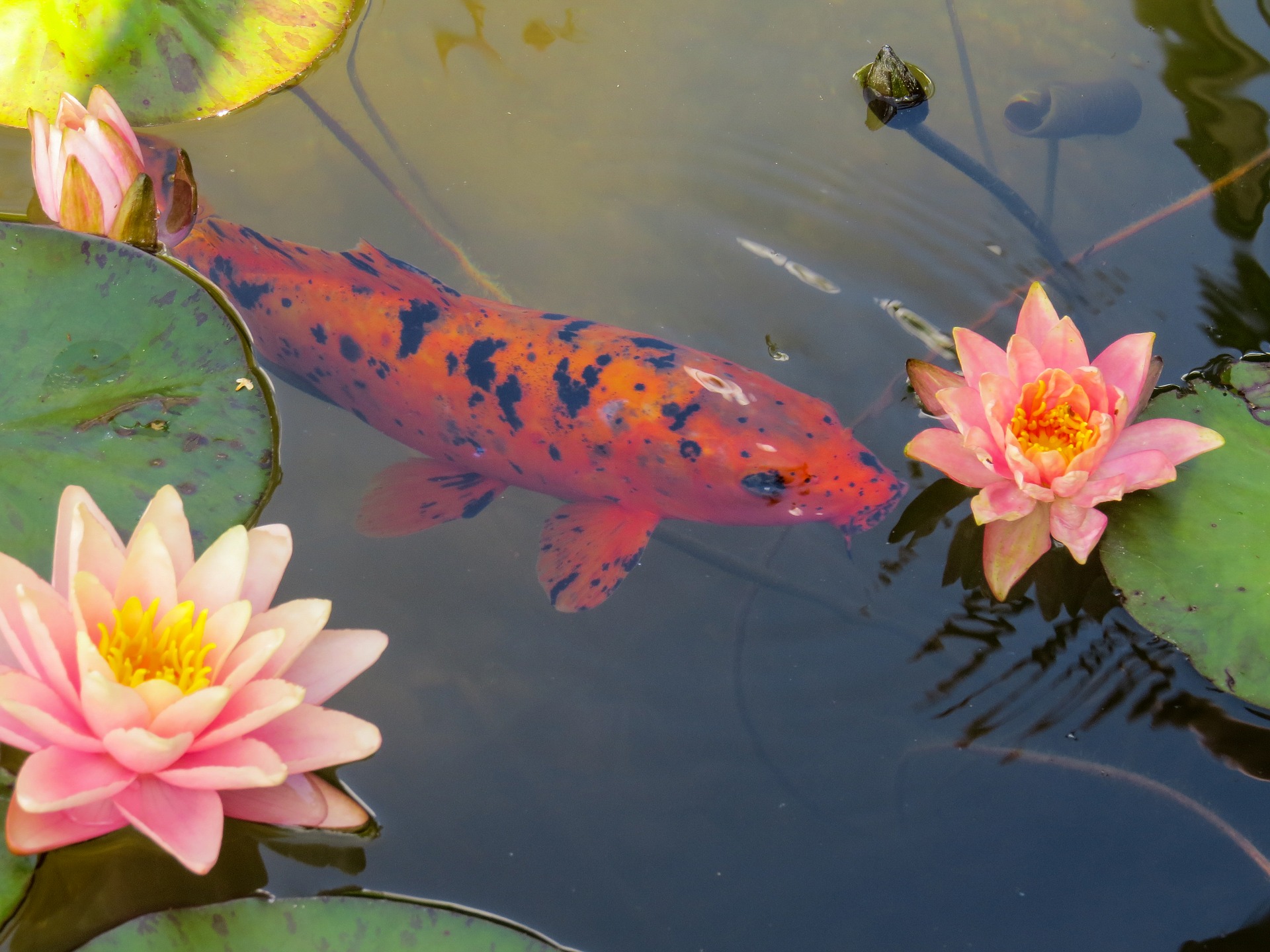How to Create a Unique Pet Enclosure
Megan Jander //April 1, 2020//
While most pet owners and even pet retailers tend to think of pet enclosures in terms of cages and tanks, a different type of enclosure has begun to gain ground within the retail market: one in which the actual term “enclosure” becomes something of a misnomer. Residential ponds, varying in size from the large ponds typically associated with farms all the way down to small ponds capable of fitting into a front yard, are rising in popularity with pet owners seeking to expand on their options in creating a unique pet enclosure.
Laura “Peach” Reid, president and CEO of Fish Mart and chair of the board for PIJAC, had much to say on the subject of ponds and their expanding role within the pet trade.
“There has been a strong trend in beautifying the home and making it one’s haven, which has spilled over into outdoor areas,” Reid said. “Ponds are a wonderful addition to any yard, whether it’s attached [to] a deck for easy viewing or located elsewhere.”
A well-designed pond can truly bring a level of beauty and grace to a home and a home as close to natural for our animal friends.
For a pet owner looking at establishing their first pond enclosure, a few key items have to stay at the forefront of the creation process. First, the pond should be exactly that: an enclosure. A fully open pond, regardless of what animals it contains, can swiftly become a hunting ground to natural predators if the pond is not contained with a fence or other natural barriers. Peach further suggests that a pond should never be connected to an already-extant natural water source.
“Fish and critters in your pond must not be able to escape into the environment, nor release any kind of pet or plant into the environment,” Reid recommended, as doing so might not only cause the death of your pet, but may even potentially contribute to the release of an invasive species into your local environment.
Peach also encourages would-be pond creators to consider the necessity of filtration for a new pond. As with any indoor aquarium, ponds require good filtration to ensure that nitrogenous waste is removed properly and that the water quality remains high enough to keep any fish, reptiles or amphibians healthy.
“Reading up on the biological or nitrogen cycle is imperative, as is periodically monitoring the water quality parameters,” Reid noted, adding that ensuring pet owners have their pet’s best health and well-being in mind must always be at the top of their priorities when establishing their first pond.
But how can a pet-supply retailer ensure that they can best service this expanding space of pet owners? Knowledge, of course, is the first key, but selection follows that. Most dry-goods distributors have already begun to carry necessary materials for pond creation, but Peach suggests moving beyond simply carrying these materials.
“Customers will be more interested in setting up a pond,” Reid suggested, “if they see that beautiful display. Including a waterfall or a fountain into one’s pond has become so popular, they’ve become almost-mandatory components, alongside unique stonework and rocks.”
By including such a display inside your store, you spark your customers’ imaginations as to what they can do on their own, potentially with your store as an ongoing partner.
Of course, certain creatures acclimatize better to an outdoor pond than others, which can vary vastly based on the climate in which the pond is located. An outdoor display for a tortoise in Arizona will obviously look very different from a frog habitat in Ohio, simply because of the trends in weather and climate. One great resource to determine which animals might work best in an outdoor display comes from Habitattitude (habitattitude.net), a joint site created by PIJAC, the U.S. Fish and Wildlife Service, and the National Oceanic and Atmospheric Administration (NOAA). The Habitatittude site features a full series of articles on how to choose species, how to protect both those species and the environment around them, and on various laws and statues regarding regulated species.
With every pet store currently seeking an edge in the market, ponds and other outdoor enclosures might be the sort of unique market capable of making your store a destination for pet owners throughout your area. As spring opens, consider what role these habitats might have in your store moving forward. You may just find your best work indoors actually takes place outdoors!



















